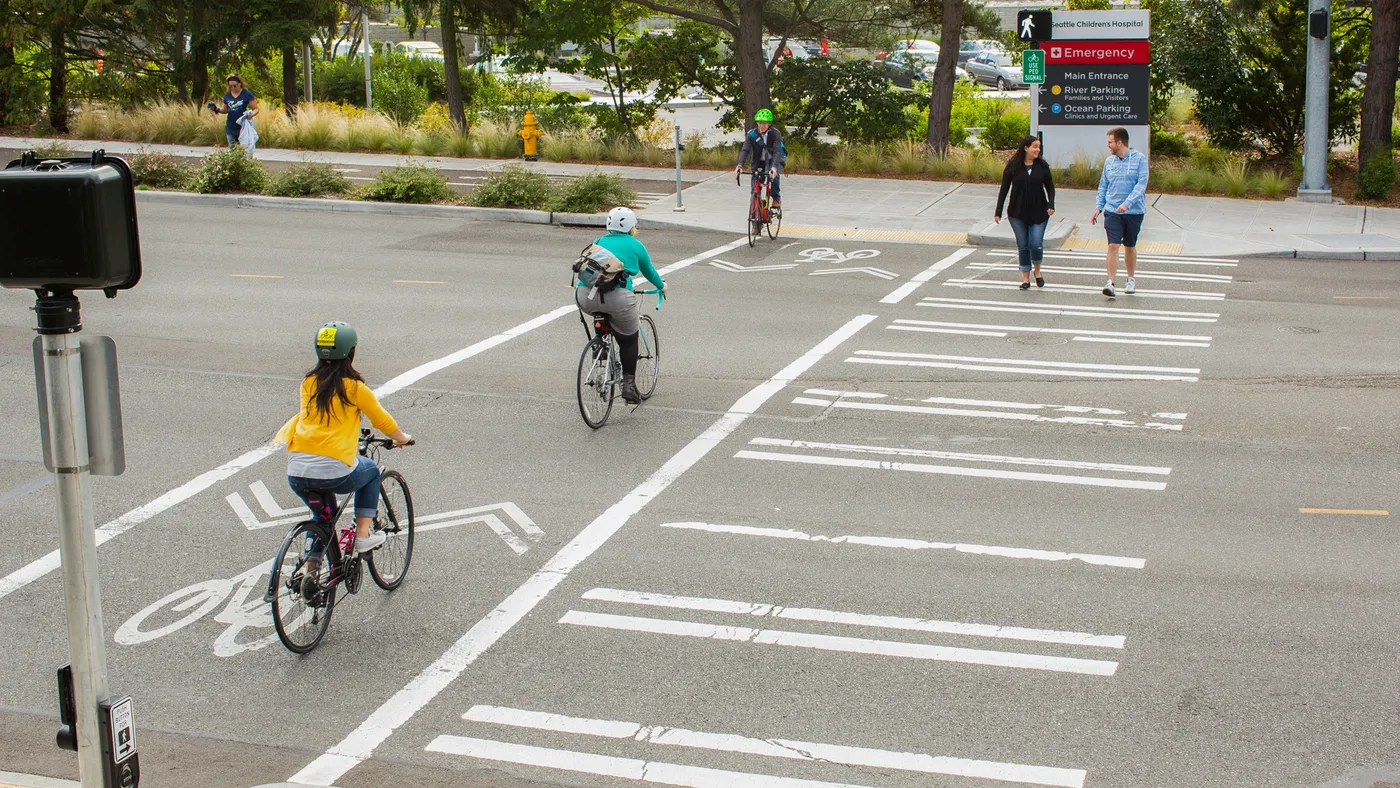When Seattle Children’s Hospital began laying the foundation for its next 20 years of growth, it needed to address an issue seemingly tangential to its mission: what to do about all the cars.
That growth planning began in 2010. Advancements in patient care had improved health outcomes but also meant the hospital would need to double in size to accommodate increased demand for long-term care. Combine that patient volume with a workforce that numbers close to 10,000 employees, and it became clear to officials the number of new parking spaces needed would cost millions and create traffic congestion.
“You’ve got these uses of land that don’t really help you meet your mission except in a very tangential way, and then you have things that are actually serving your patient and providing space for you to do your research and to teach students,” said Paulo Nunes-Ueno, who at the time served as the director of transportation and sustainability for Seattle Children’s. “I was hired right at that realization that in order to double the size of the organization, we needed it to be easier for people to get here without their cars.”
So instead of creating new parking spaces, the hospital system overhauled its parking practices. Employees would no longer pay by the month for garage access. It would instead be a daily choice. Meanwhile, employees who arrived by bus, bike or carpool would receive a roughly $5 bonus every day that they did so, according to Nunes-Ueno, who now works as a sustainable mobility consultant.
To further encourage employees to try other commuting options, Seattle Children’s provided subsidized transit passes and offered free commuter bikes complete with fenders, lights and racks to workers who committed to biking to work at least two days each week — an agreement the organization tracked with a hospitalwide commute calendar. The hospital also redesigned its free shuttle system to connect with local transit.
The goal was to reduce the “drive-alone rate” — or the share of employees driving alone to work — by about a quarter within 20 years’ time, or by 2030, according to Nunes-Ueno. With its new strategies in place, however, the hospital hit that mark a decade early, by 2020.
“We reached the goal 10 years ahead of schedule, saved the hospital millions in parking construction costs [and] reduced carbon dioxide emissions. But most importantly, we made something that made it really easy for these people to come to work and take care of kids who are sick and need help,” he said.
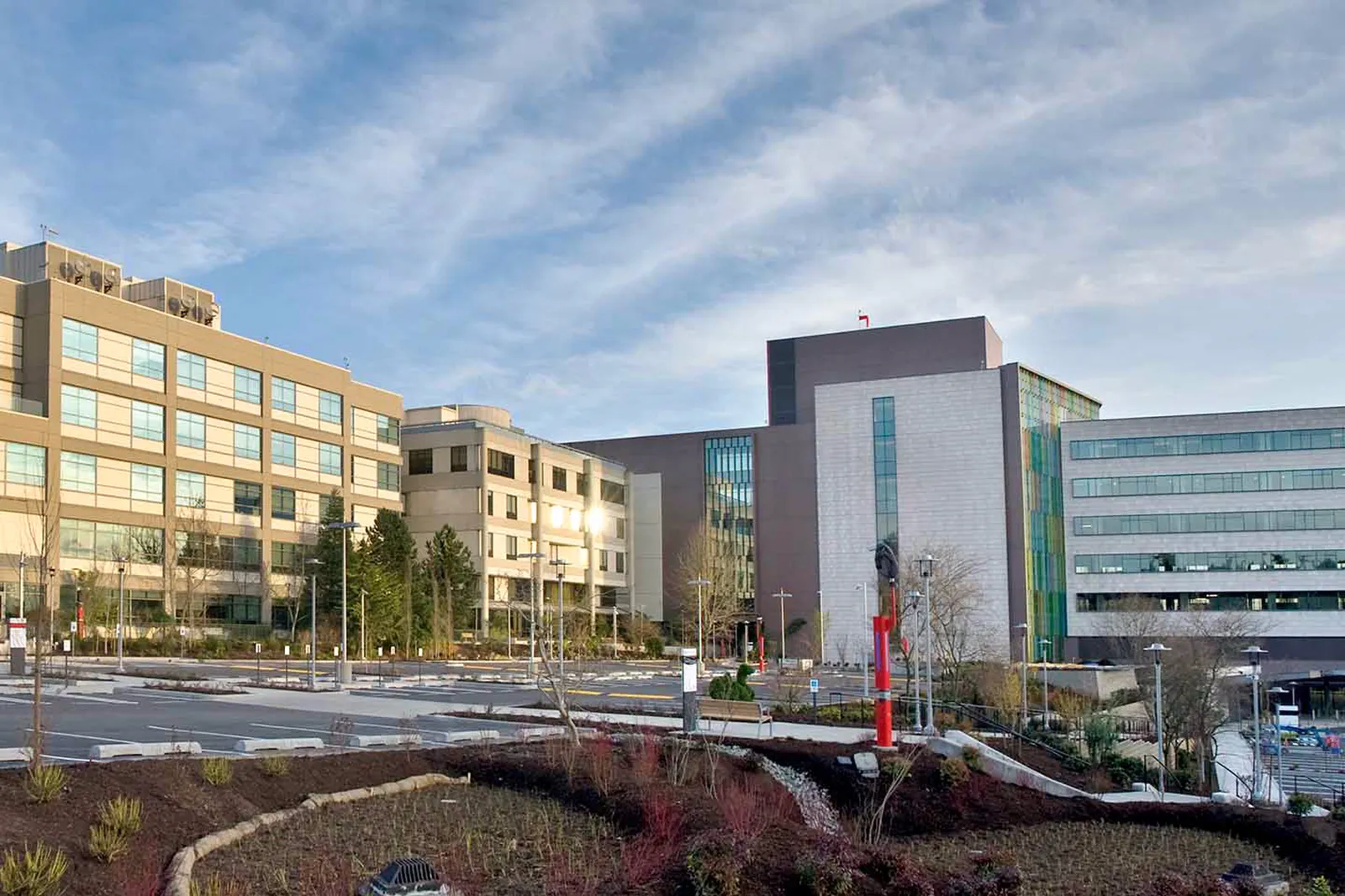
RTO plans present opportunity for reflection
2024 could prove to be a defining year for the U.S. workplace, not least because so many employers that shut down offices at the height of the COVID-19 pandemic have said they’ll mandate that employees return to the office by the end of the year, if they have not already done so.
Last year, a Resume Builder report found that 90% of companies planned to implement a return-to-office, or RTO, policy by the end of 2024, and 70% of this group said they would track employee attendance.
Commercial real estate data is already beginning to trend in that direction. For example, Manhattan office buildings reported an average visitation rate of 63% of pre-pandemic levels during the final week of January, a year-over-increase of 3 percentage points, according to an analysis by the Real Estate Board of New York. Similar trends have been observed in cities such as Miami and Dallas, according to location analytics company Placer.ai.
Still, others argue that the slow recovery of office occupancy shows that while many are back in the office, remote work has staying power; Stanford University economist Nick Bloom went so far as to say last November that “Return to the Office is dead” after observing that work-from-home levels had remained steady last year after falling between 2020 and 2022.
HR departments may need to consider these and other factors when formulating workplace strategies for 2024 and beyond, but an overlooked element of the RTO conversation may be one of its most obvious: how employees get to the office in the first place.
Historically, private car travel has been the predominant way U.S. workers get to work. Data from the U.S. Bureau of Transportation Statistics shows that since 2010, the share of workers who drive to work alone was consistently above 75% but declined beginning in 2020 and sat at about 69% in 2022. The pandemic appears to have boosted remote work; in 2019, fewer than 6% of U.S. employees worked from home, according to BTS, compared with more than 15% in 2022.
Car commuting is a chief complaint of workers and job candidates who have resisted RTO, according to Gallup. Aside from the stress of traffic, there are also financial and time considerations. One analysis by economist Adam Ozimek for freelance platform Upwork found that the shift to remote work during the pandemic saved employees an average of 49.6 minutes per day that would have been spent commuting.
Accounting for average fuel, maintenance and repair costs, Ozimek and Upwork said, U.S. workers could collectively save roughly $183 million per day by working at home instead of commuting by car. That figure could rise to approximately $758 million if other factors are taken into account — such as the potential for lost life and property from vehicle accidents; environmental costs of pollution; congestion costs; and time savings.
“Many people who have office jobs and can work remotely are being called back for part of the time, and it’s definitely highlighted a lot of issues about commuting,” said Audrey Wennink, senior director for the Chicago-area Metropolitan Planning Council, a local urban planning research and advocacy group. “It highlighted who bears the burden of the cost of commuting.”
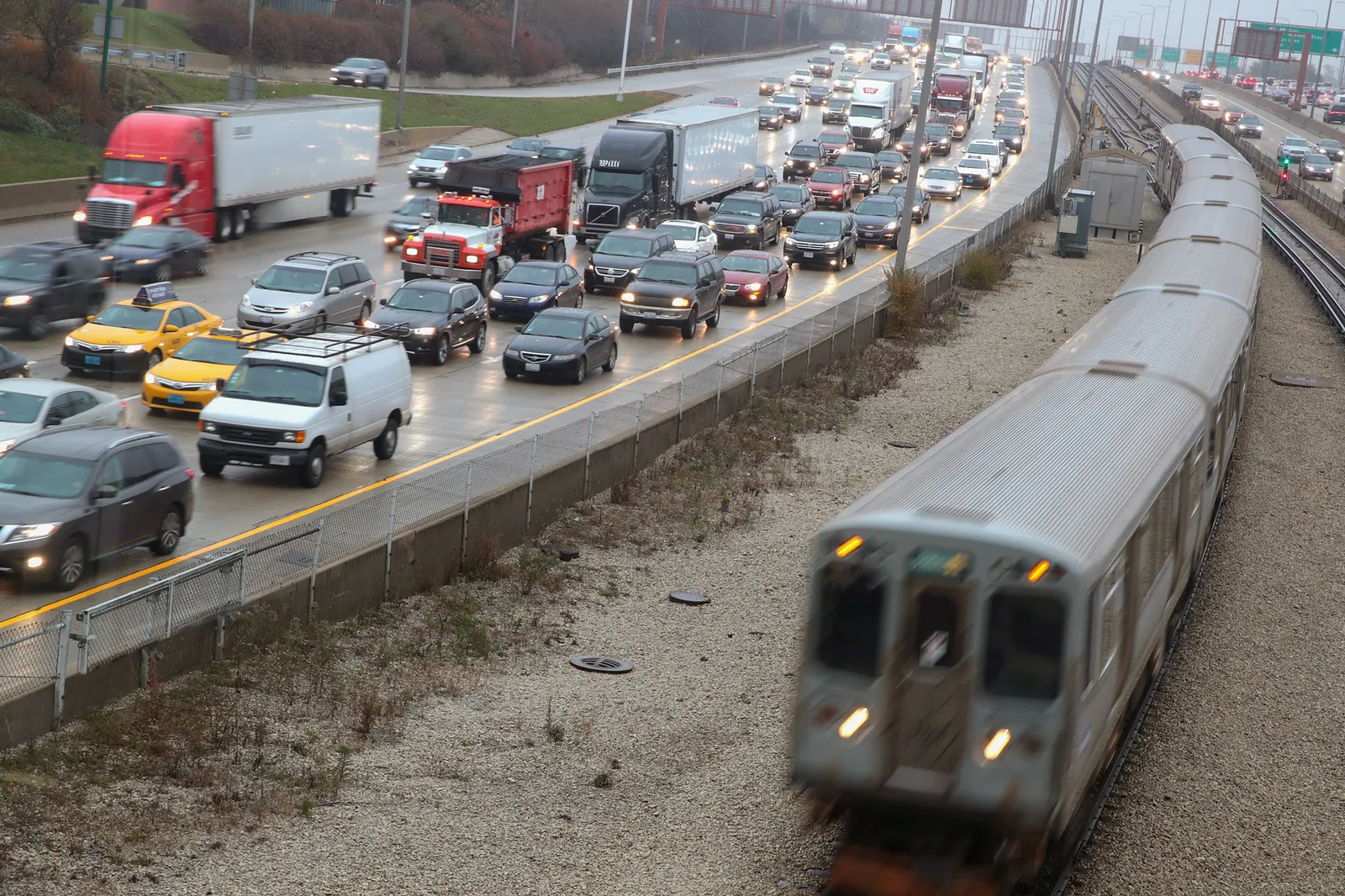
The car dependency connection
For many in the U.S., however, car commutes are not easy to avoid. Although remote work has gained traction since the pandemic, more than 60% of the nation’s workers cannot perform their jobs from home, according to a 2023 Pew Research Center survey. And regardless of telework eligibility, alternatives to driving present logistical challenges or, depending on geography, may not exist at all.
The country’s declining public transit infrastructure is well-documented, as is its decades-long trend of constructing low-density suburbs that are more conducive to car travel than other ways of getting around. These and other factors contribute to a reliance on private car travel for everyday life that has a name in transportation circles: “Car dependency.”
“Car dependency is when members of a community or society have no rational, feasible alternative to driving,” said Andrea Hamre, director of policy and research at the Washington, D.C.-based Eno Center for Transportation. “We’re talking about the absence of, or minimal, choice as opposed to a diversity of options.”
A community might be car dependent for several reasons, according to Ralph Buehler, professor of urban affairs and planning at Virginia Tech’s School of Public and International Affairs. One factor is the distance between housing and workplaces, schools or other destinations.
People also may be deterred from alternatives like walking or cycling if they lack access to sidewalks or bike lanes or consider it unsafe.
Public transit can be an alternative, but transit systems vary in reliability, availability, affordability and overall quality. In areas where transit service is particularly limited, it’s “viewed as for poor people and those who have no other choice,” Wennink said.
Car dependency might not be something HR departments typically think about, but there are reasons employers should care about it. For one, businesses risk limiting their talent pools if their workplaces are accessible only by driving, Wennink said.
Low-income individuals are statistically less likely to have access to a vehicle, and people who are not working are less likely to have access regardless of income, according to a 2023 report by the Federal Reserve Bank of Richmond. The same report found people in rural areas are particularly affected as they tend to have fewer transportation options than their urban counterparts.
Meanwhile, skilled workers may be enticed by the chance to work for employers that are more amenable to alternative transportation modes. An HR Dive analysis of U.S. Census Bureau data found that U.S. adults with a bachelor’s degree or above were more likely to work from home or use methods other than driving to work compared to those with lower educational attainment.
Workers with at least a bachelor's degree are less likely to commute by car
The share of workers with a bachelor’s degree or above that did not use a car to get to work — including both remote workers and nondriving, on-site workers — grew from roughly 18% in 2019 to more than 34% in 2021. That segment declined to about 30% the following year, but a deeper dive into the data revealed another trend: While the number of workers with a bachelor’s degree or above who worked from home declined in 2022, the percentage of nondriving, on-site workers in this contingent actually increased during the same year.
Even workers who own a car and drive it to work may benefit from decreasing their car commutes. In 2023, AAA estimated that the average annual cost of owning and operating a new vehicle in the U.S. stood at $12,182, or $1,015 per month. This represented a “sharp increase” from 2022’s $10,728, AAA said in a news release. The organization’s methodology accounts for factors such as fuel; maintenance, repair and tire costs; insurance; depreciation and other fees.
Those costs can be particularly burdensome for lower-income individuals, said Hamre, particularly when unexpected, significant repairs cut into other spending.
“This is a pretty isolating, lonely and harsh society to live in without a car,” she continued. “We make it really difficult for Americans to thrive if they can’t drive.”
Modes such as public transit and biking not only tend to be cheaper, but they also may provide a boost to employee happiness. Research from the University of Minnesota has shown that commuters who bike, walk or take mass transit tend to be happier than car drivers. Supporting alternative modes could therefore have the effect of boosting morale, too, said Buehler.
Despite those benefits, there are a number of obstacles preventing workers from realistically ditching cars, and that is not solely because many communities are optimized for driving rather than biking or walking. Public transit systems across the U.S. have struggled in recent years with ridership declines, driven in part by adoption of flexible work options.
“Public transit has a structure to it with schedules and service levels which were all designed with pre-pandemic behaviors in mind,” said David Straus, executive director of the Association for Commuter Transportation. “The systems that we put in place in a lot of older cities were designed for the white-collar workforce with service levels designed for traditional peak hours of commuting.”
Since the pandemic began, essential workers in sectors such as healthcare, education and retail have continued to regularly use transit to get to work while those in other industries have adopted remote or hybrid work. But transit systems weren’t necessarily built around the schedules of essential workers, Straus said, which has led some transit agencies to rethink their operations.

Free parking is the problem
By and large, however, the most commonly cited barrier to transitioning away from car commuting is one that may seem innocuous to the average HR professional — free parking.
In the U.S., providing space for employees to park their cars is the norm. An estimated 85% of employers offer free on-site parking, compared with just 13% of employers that offer a transit subsidy, according to 2023 data from the Society for Human Resource Management. There are a few reasons why free parking became so universal, according to Donald Shoup, distinguished research professor of urban planning at the University of California, Los Angeles’ Luskin School of Public Affairs.
First, local ordinances often mandate that newly constructed offices include a minimum number of parking spaces. Second, employers may deduct the cost of qualified transportation benefits, including qualified parking provided to employees on or near the business premises, from an employee’s taxable wages under IRS regulations, up to a certain amount. For 2024, employers can exclude up to $315 per month for qualified parking.
That many employers choose to utilize this deduction is “very sensible,” Shoup said. “It’s tax efficient for the employer to pay you with a parking spot rather than pay you in cash.”
But the problem with offering free parking is that it effectively incentivizes workers to use private vehicles over other transportation methods, Shoup added. In some cases, he and a colleague wrote in a 2021 Bloomberg article, the value of a free parking spot can exceed that of the cost to ride transit. Low-income employees also may be priced out of car ownership, and so they are less likely to be able to take advantage of free parking.
Even where employers offer benefits programs that help employees pay for alternate modes, like public transit, free parking tends to lead to increased driving to work, Hamre and Buehler found in a 2014 study.
Shoup is perhaps the leading advocate for one potential solution to this conundrum, a model known as the “parking cashout.”
With a parking cashout, employers offer employees the option of compensation in the form of cash or other transportation benefits in exchange for giving up their free parking benefit. The model has seen some uptake encouraged in part by local laws. Washington, D.C., for example, requires employers with 20 or more employees to offer a cashout option.
In a 2022 analysis of parking cashout scenarios, the U.S. Department of Transportation found the idea “could have a significant impact on vehicle travel associated with employee commute trips.” The agency said employers could achieve greater reduction of car travel if they either do not provide free parking or are required to eliminate subsidized parking and instead provide a parking cashout or other commuter benefit for alternatives to drive-alone commuting.
Shoup and others cite parking cashouts as a way for cities to help reduce congestion, lower emissions and allow employees more choice in how they get to work, but they’re not the only way to rethink parking. Seattle Children’s, for example, took a more flexible approach to parking rather than making driving or not driving a binary choice, according to Nunes-Ueno. “All we’re saying is when you drive, you pay. When you don’t drive, you save,” he said.
The cost of building and maintaining parking spaces is another factor for employers to consider.
In a 2016 article, Shoup estimated that the average cost of constructing new, aboveground parking across 12 major U.S. cities stood at $24,000 per space, while underground construction required an average spend of $34,000. These estimates did not account for land costs. HR Dive adjusted Shoup's estimates for inflation and calculated that, in 2024, the average per-space construction cost stood at roughly $43,000 for aboveground parking and $60,000 for underground parking.
Aside from construction and land costs, employers might also have to account for the operation and maintenance costs of parking. According to a 2023 analysis by the Canada-based Victoria Transportation Policy Institute, these costs can include repairs, cleaning, lighting, security, landscaping and snow removal, among other items.
Building new parking can run on average $60K per space underground or $43K above ground
“The cheapest way for you to build parking is a surface lot, which forces you to dedicate a large amount of space, which pushes developments further away from each other, which makes it hard to service those developments with public transportation and other modes,” Straus said.
Some communities have revisited minimum parking requirements in an effort to encourage other transportation modes, Straus noted, while others require employers to take steps to reduce the percentage of workers who commute by private car. Washington is an example of the latter: The state’s Commute Trip Reduction Law sets guidelines under which applicable employers must adopt a commute reduction plan that may include select commute reduction strategies from a state-provided list, unless an exemption is granted.
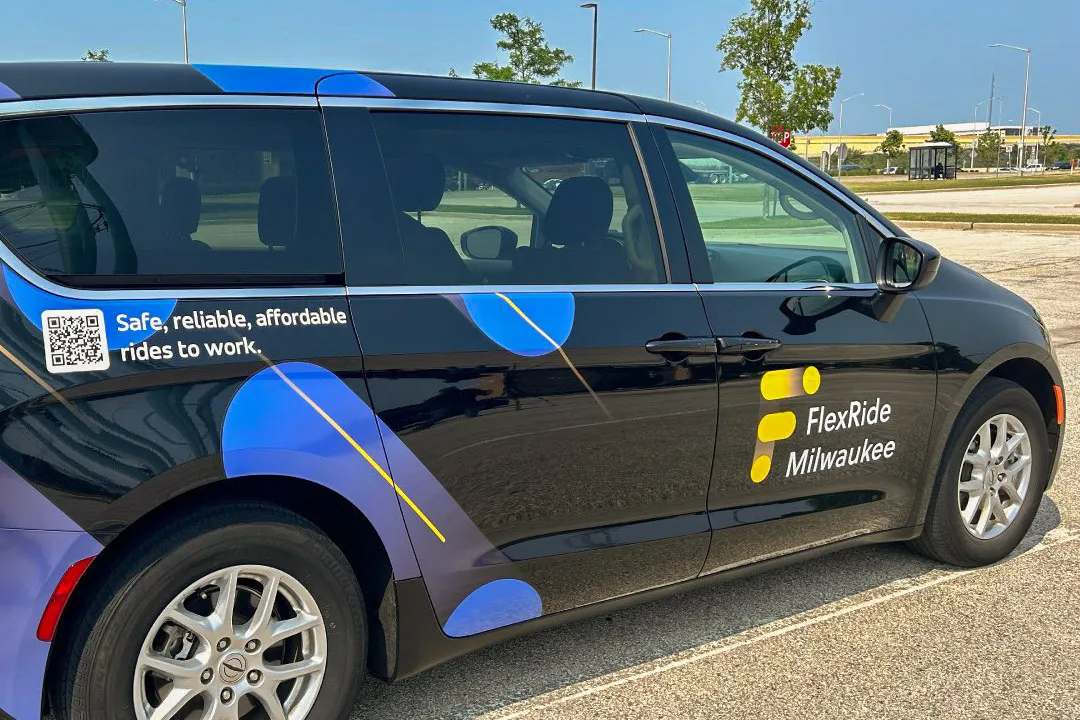
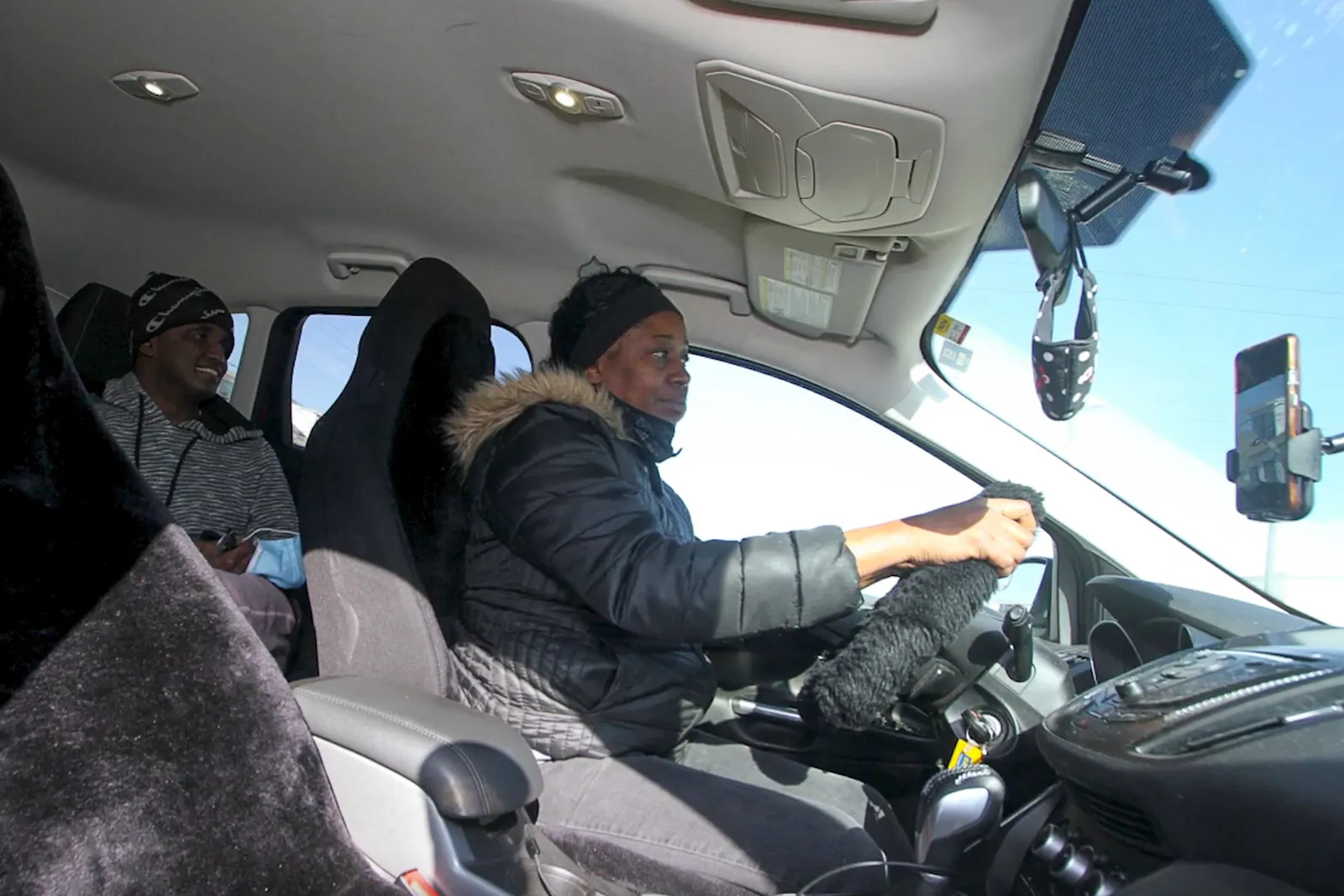
Going back to the office ‘shouldn’t look the same’
Where public transit, biking or other alternatives may be impractical, employers still have options to consider.
In southeastern Wisconsin, MobiliSE, a local transportation advocacy organization, has sought to navigate the challenge of connecting workers who do not own a car to jobs in the Milwaukee suburbs that are inconvenient to access, or are inaccessible, by regional public transit.
“In our suburban areas where most of the job growth is happening, the shortage of workers is becoming acute, and we hear time and time again that employers are not finding the numbers that they need,” said Dave Steele, executive director of MobiliSE. “Meanwhile in Milwaukee, we’re a very diverse city of 600,000 people with a majority African American and Latino population and a disproportionate number of folks who live in poverty and don’t have access to cars.”
Looking for a solution, Steele said, MobiliSE settled on “microtransit,” an on-demand form of shared transportation featuring minivans. The service, FlexRide Milwaukee, launched in 2022 after receiving $1 million in grants from the National Science Foundation and winning an additional $4.2 million in state grants to fund two more years of operations.
Steele said FlexRide Milwaukee’s ridership has since tallied 4,000 unique riders and the service recently surpassed 50,000 rides completed. He described FlexRide as similar to a ride-share service, but one that pools riders using an algorithm — provided by transportation software service Via — and has them meet their ride at a “virtual bus stop” rather than operating door to door.
Users tend to be on the younger side and in the early stages of their careers. “They’re not enamored with cars,” Steele said. “They’re trying to get by without owning a car for as long as possible. They don’t see it as something that you have to have.”
Others in the transportation space expressed similar observations about generational attitudes toward car ownership. Aside from cost, environmental concerns about car travel may loom particularly large in the minds of millennial and Generation Z workers.
“I think we’ve sold a lot of stories about the association between cars and freedom and it’s been exciting to see more and more people rethink that narrative,” said Jeff Stade, co-founder and CEO of Philadelphia-based transit benefits platform Jawnt. “We’re seeing more younger employees understand that.”
Nationwide, employers have experimented with options like carpooling and vanpooling — which are exactly what they sound like — as well as concepts like preferential parking for employees who share a ride to work, Straus said. Private shuttle services are prevalent in some areas as well, perhaps most notably in Silicon Valley where giants like Google are known to operate their own bus fleets.
While many employers may not have the budget to maintain such alternatives on their own, Straus pointed to regional organizations that collaborate among employers to provide transportation options for workers in a specific geographic area. His association, ACT, has identified more than 100 such organizations, known as transit management associations or transit management organizations.
Whichever options employers land on, Straus said, the current moment in the RTO conversation is a chance for employers to fundamentally question the pre-pandemic status quo in which cars are the primary way employees get to and from work.
“It shouldn’t look the same,” Straus said. “We should be taking the opportunity to rethink how we prioritize commuting and transportation options.”
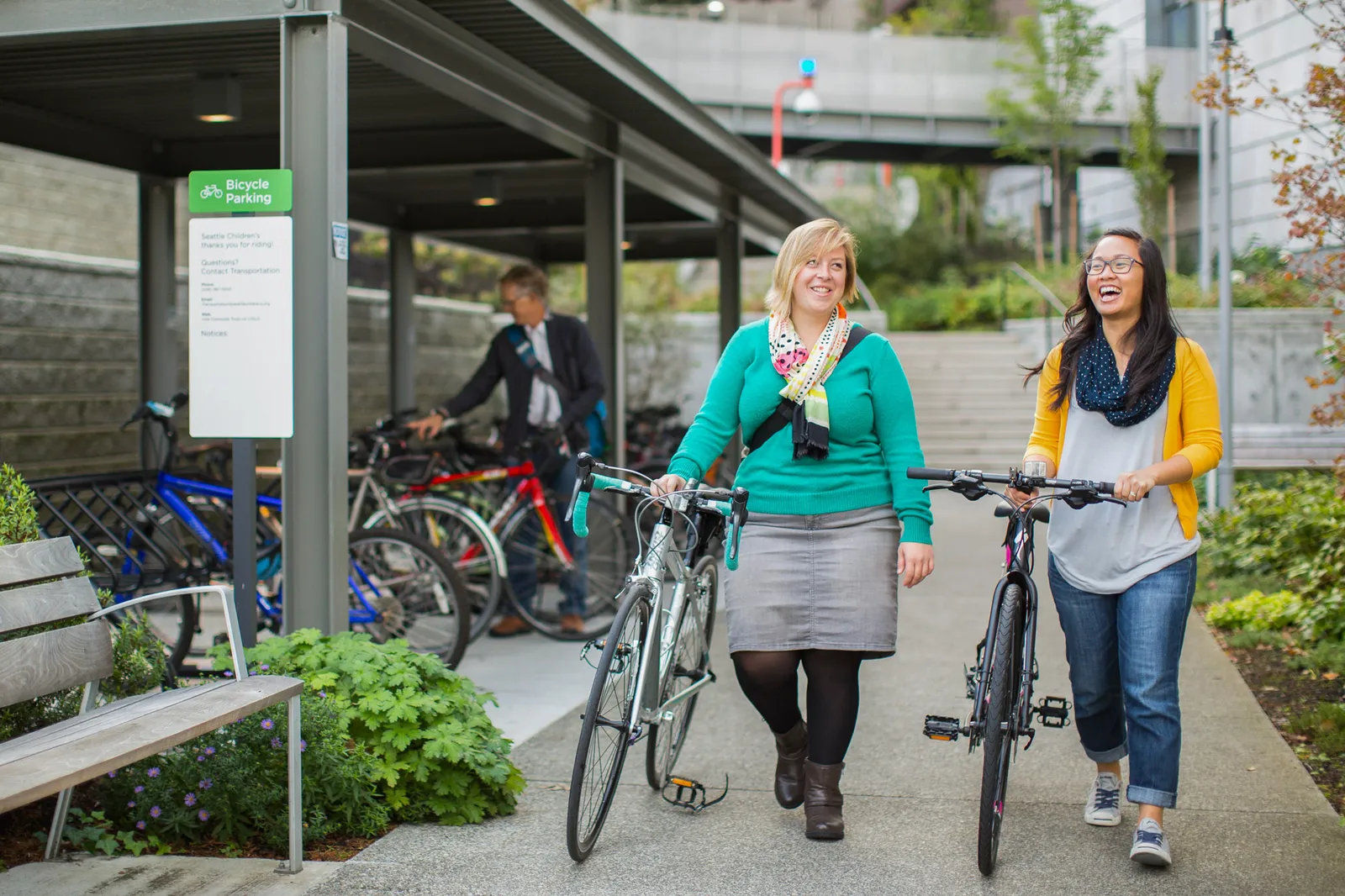
Advice to HR: Don’t project. Don’t assume. Be curious.
To rethink the commute, HR professionals will need to be curious about their employee populations, Hamre said. A good starting point may be to get an understanding of how many employees do not drive or cannot drive, and how those employees can reliably show up.
“Break down that assumption that people will drive here,” Hamre said. “Is it possible that anybody here isn’t driving and, if so, what is that experience like?” Even simple observations about the quality of bike parking, nearby sidewalks and bus lines could be helpful.
Ultimately, employers have options at their disposal to better meet employees’ transportation needs while simultaneously meeting the organization’s financial and sustainability goals — but they need to put time and effort into forging a path forward, said Nunes-Ueno.
“People are not automatons who have no choice and are bound to drive for every single trip,” he continued. “This is something that many employers were realizing before the pandemic, and they should really be aware that people want choices right now.”
Moreover, HR teams shouldn’t view transportation management as a solution that is purchased off the shelf, but rather as a strategic undertaking that accounts for what employees really want as well as the growth plans of an organization, Nunes-Ueno said.
He also advised employers not to develop strategies that treat employees as modes. “I hear HR professionals talking about how they have a program for drivers, a program for cyclists and a program for transit users — that’s a fundamental misunderstanding of how a healthy transportation ecosystem actually works,” Nunes-Ueno said. “The ideal is that any given day, every mode is available, and you can choose the one that works for you that day.”
Finally, Nunes-Ueno stressed the importance of top leadership buy-in to make transportation strategies work in practice, a task made more difficult by the tendency of many executives to drive to work in private cars and park in spaces designated specifically for them. Seeing leaders take visible actions, like forming a vanpool or biking to work, can make a realistic difference.
“The fish rots from the head,” Nunes-Ueno said. “Your top leadership needs to walk the talk. If they do, then things tend to fall into place. If they don’t, people will see this as an imposition on lower-paid staff.”
Correction: A previous version of this story misspelled Wennink’s last name.


